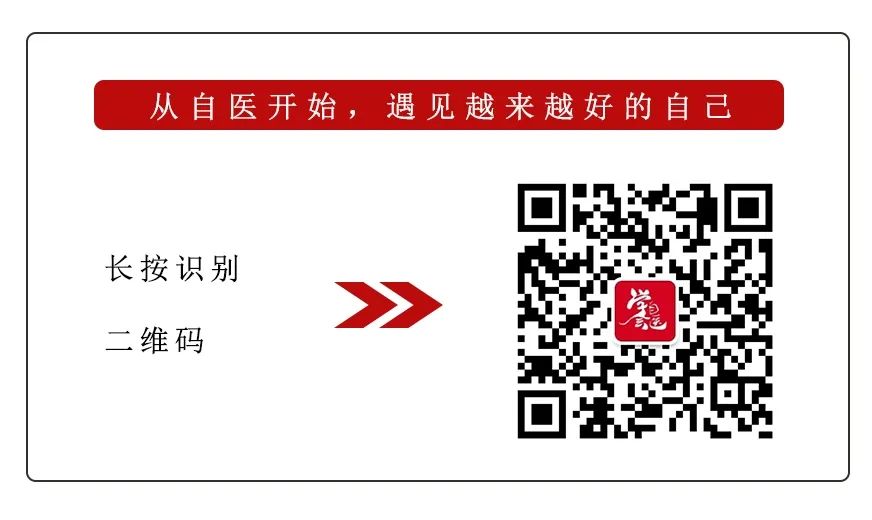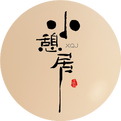Today we share a cupping therapy method. Cupping therapy can precisely target certain tense muscles in the body, forcibly metabolizing toxins from the muscles and blood through physical means. Therefore, it is very effective for relieving soreness caused by muscle tension. Cupping therapy has a wide range of applications, such as treating colds, coughs, throat discomfort, heatstroke, shoulder pain, lower back pain, and detoxifying the body during the spring and summer seasons.
Specific operations are as follows:
▼
(This video is divided into two parts; please refer to the second link in the public account for the second part; self-cupping videos for the shoulders and hips can be found in the third and fourth articles of the public account.)
🎈 Cupping Therapy Key Points
▪ Relax your body and mind before cupping, and communicate with the recipient.
Before cupping, it is essential to relax the body and mind (we previously shared how to relax in our tapping video); secondly, communicate with the recipient and observe their feelings and discomfort areas, respecting their needs to determine which areas require more focus.
▪ Pay attention to the appropriate speed and pressure during cupping.
During cupping, we should ensure that the speed is not too fast; it should be slower. Once we slow down, the person lying underneath will feel at ease. If the speed is too fast, their mind will not keep up with the rhythm, leading to discomfort.
▪ The practitioner should maintain focus and observation during the cupping process. Throughout the operation, we must keep observing; if the recipient is not very relaxed, we should slow down our technique. Additionally, we should apply a bit of pressure to ensure the cup adheres to the skin, preventing it from slipping. If there are bruises or areas of swelling, we should focus on these spots, allowing the stagnation to release, and perform a 360-degree encompassing technique on swollen areas. Furthermore, certain joint areas, such as Da Zhui (Dazhui, GV14), the connection between the shoulder and neck, and the spaces between the scapulae, can be challenging to work on and may cause the cup to slip. Many people neglect these areas, but based on my personal experience, these spots require more attention, as proper handling here often determines the effectiveness of the cupping therapy. Many people fear that cupping will be painful, but the pain often arises from forcing the technique without considering the recipient’s feelings. If we communicate and interact with family members, operating within their comfort zone, the sensation transforms from pain to a feeling of “refreshing relief”. Moreover, if they have discomfort symptoms, they will feel a sense of lightness after the cupping session, as if a burden has been lifted. This wonderful feeling and effective method are truly known by those who experience it. Friends, let’s learn this technique quickly!
Many people fear that cupping will be painful, but the pain often arises from forcing the technique without considering the recipient’s feelings. If we communicate and interact with family members, operating within their comfort zone, the sensation transforms from pain to a feeling of “refreshing relief”. Moreover, if they have discomfort symptoms, they will feel a sense of lightness after the cupping session, as if a burden has been lifted. This wonderful feeling and effective method are truly known by those who experience it. Friends, let’s learn this technique quickly!


